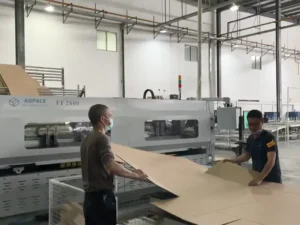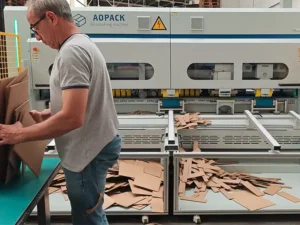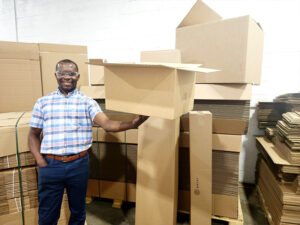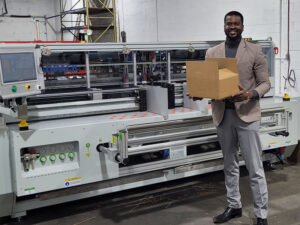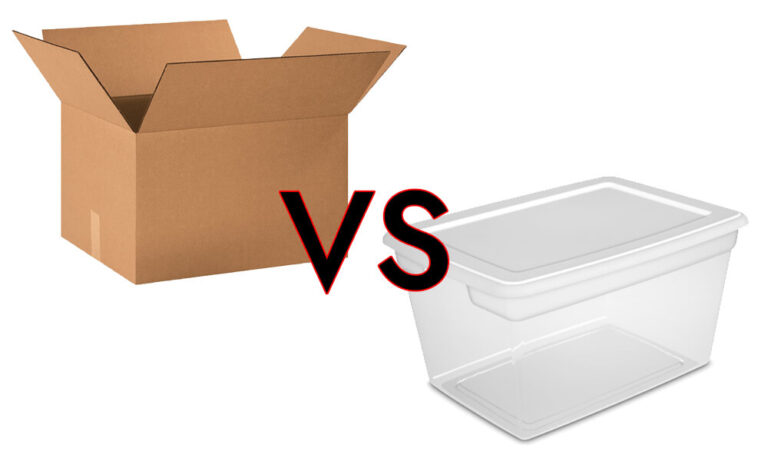In the contemporary world, the debate between paper and plastic packaging has gained significant traction, primarily due to the growing awareness of environmental sustainability. As consumers become more eco-conscious, businesses are compelled to reconsider their packaging choices. This paper explores the sustainability of paper versus plastic packaging, examining their environmental impacts, functionality, and cost-effectiveness.
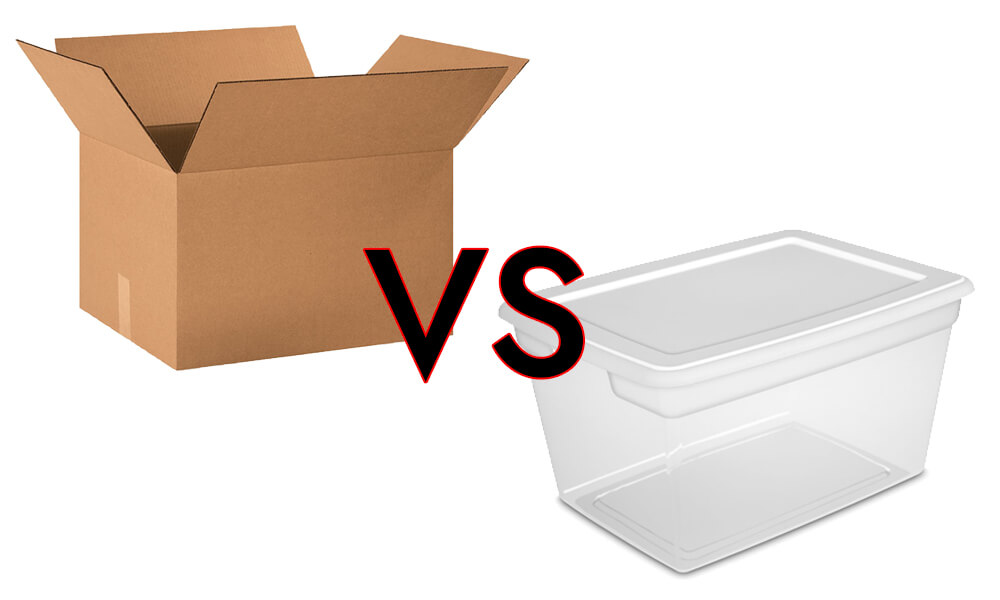
Environmental Impact
The environmental impact of packaging materials is a critical factor in determining their sustainability. Paper packaging is often lauded for its biodegradability and recyclability. Made from renewable resources like wood pulp, paper decomposes much faster than plastic, which can take centuries to break down. This characteristic significantly reduces paper’s contribution to landfill waste and microplastic pollution. Moreover, paper packaging boasts a high recycling rate, with about 85.8% of cardboard being recycled in Europe, contrasting sharply with the lower recycling rates of plastic.
However, the production of paper is not without its environmental drawbacks. It is resource-intensive, requiring large amounts of water and energy, and can contribute to deforestation if not sourced sustainably. Modern paper mills are addressing these issues by implementing water recycling and using renewable energy sources, but challenges remain.
Plastic packaging, on the other hand, is derived from non-renewable fossil fuels and is notorious for its environmental persistence. While some plastics are recyclable, the process is often inefficient, and a significant portion ends up in landfills or oceans, posing a threat to wildlife and ecosystems. The production of plastic also releases harmful emissions, contributing to climate change.
Functionality and Practicality
When it comes to functionality, both paper and plastic have their advantages. Plastic packaging is lightweight, durable, and offers excellent protection against moisture and contamination, making it ideal for food and medical products. Its flexibility allows for a wide range of shapes and sizes, which can be crucial for certain applications.
Paper packaging, while not as durable as plastic, offers significant benefits in terms of reusability and branding. It is easy to print on, making it an excellent medium for marketing and promotional activities. Additionally, paper packaging can be reused multiple times, which can offset some of its environmental impacts.
Cost-Effectiveness
Cost is another important consideration for businesses when choosing packaging materials. Plastic packaging is generally cheaper to produce and transport due to its lightweight nature. However, the long-term environmental costs associated with plastic waste are prompting companies to reconsider its use.
Paper packaging, while potentially more expensive upfront, can offer cost savings in the long run through reduced waste disposal fees and potential tax incentives for using sustainable materials. Furthermore, the positive brand image associated with eco-friendly packaging can enhance customer loyalty and drive sales.
Conclusion
The choice between paper and plastic packaging is not straightforward, as both materials have their pros and cons. Paper is often seen as the more sustainable option due to its biodegradability and recyclability, but its production can be resource-intensive. Plastic, while functional and cost-effective, poses significant environmental challenges due to its persistence and reliance on fossil fuels.
Ultimately, the decision should be guided by a comprehensive assessment of the environmental impact, functionality, and cost-effectiveness of each material. Businesses should also consider innovative solutions, such as using recycled content or developing new biodegradable materials, to enhance the sustainability of their packaging. By making informed choices, companies can contribute to a more sustainable future and meet the growing demand for eco-friendly products.
How useful was this post?
Click on a star to rate it!
Average rating 0 / 5. Vote count: 0
No votes so far! Be the first to rate this post.

